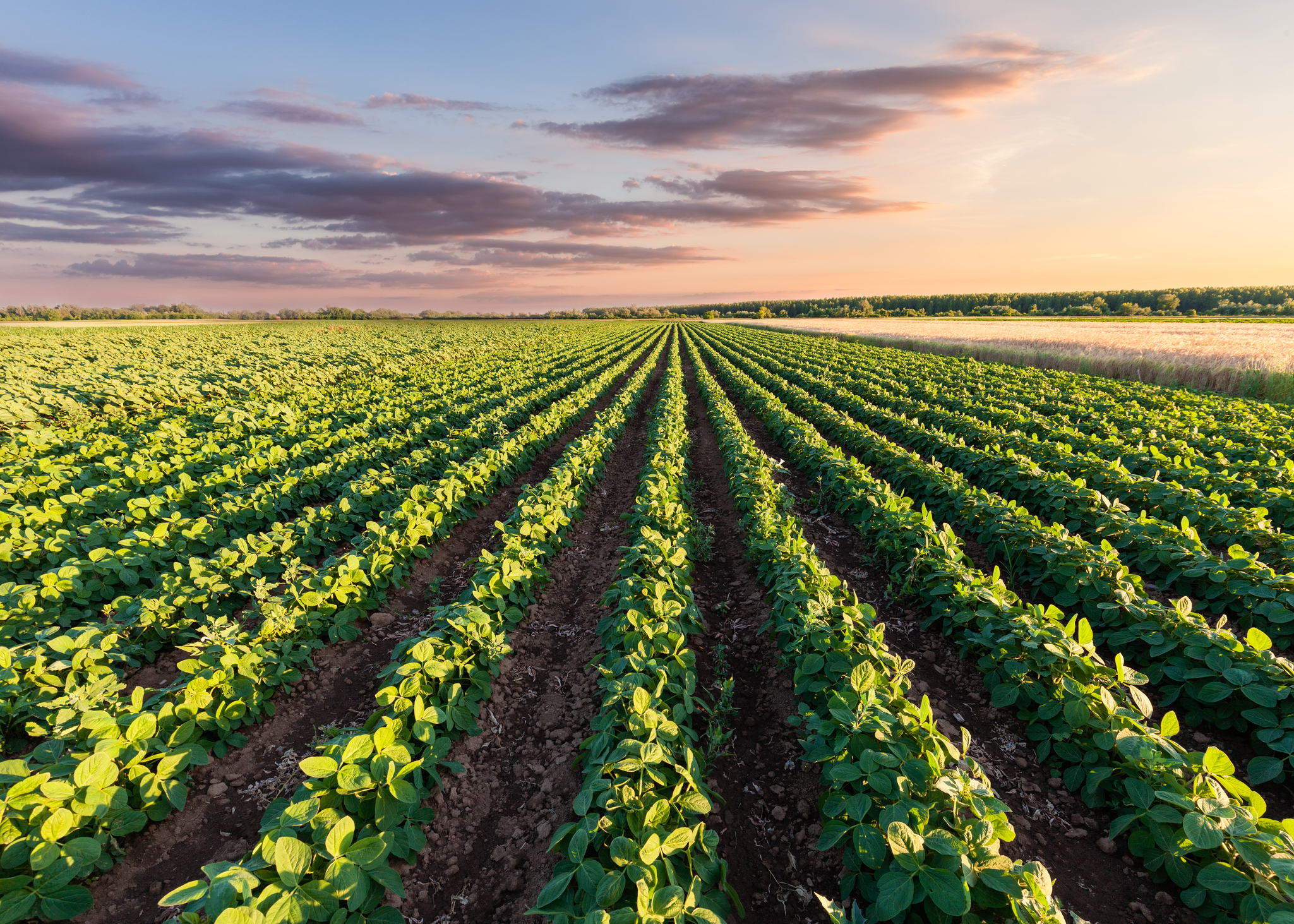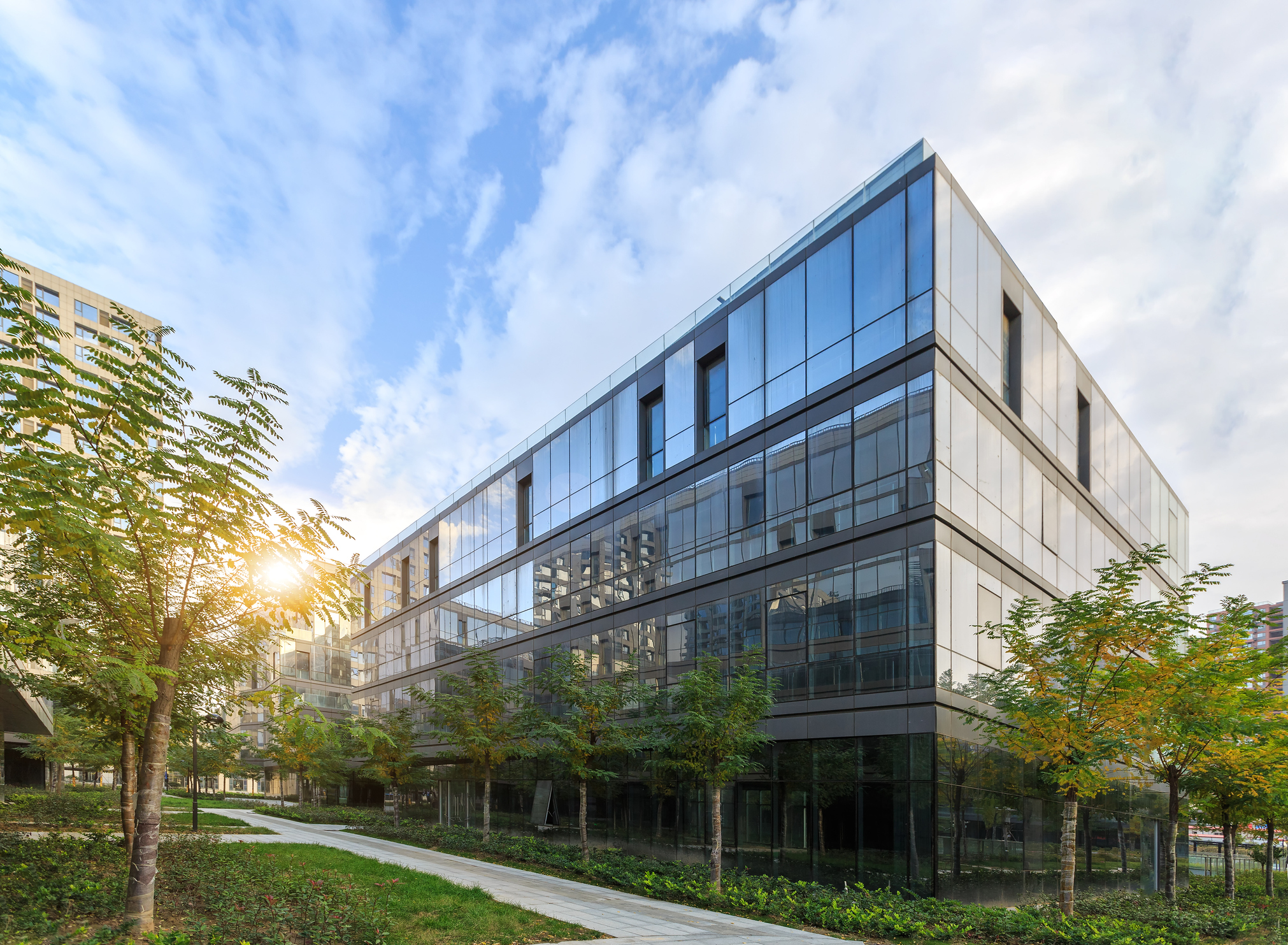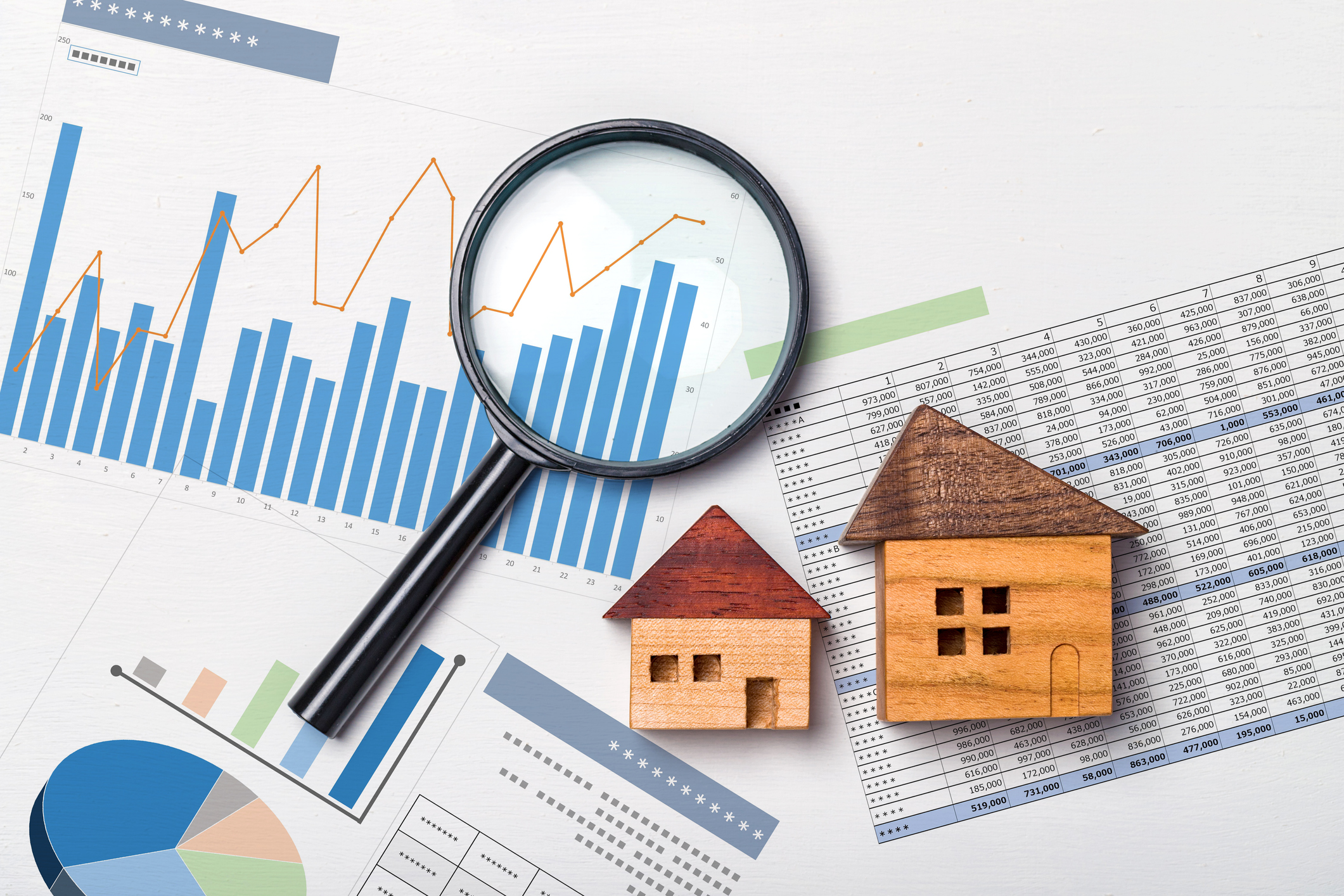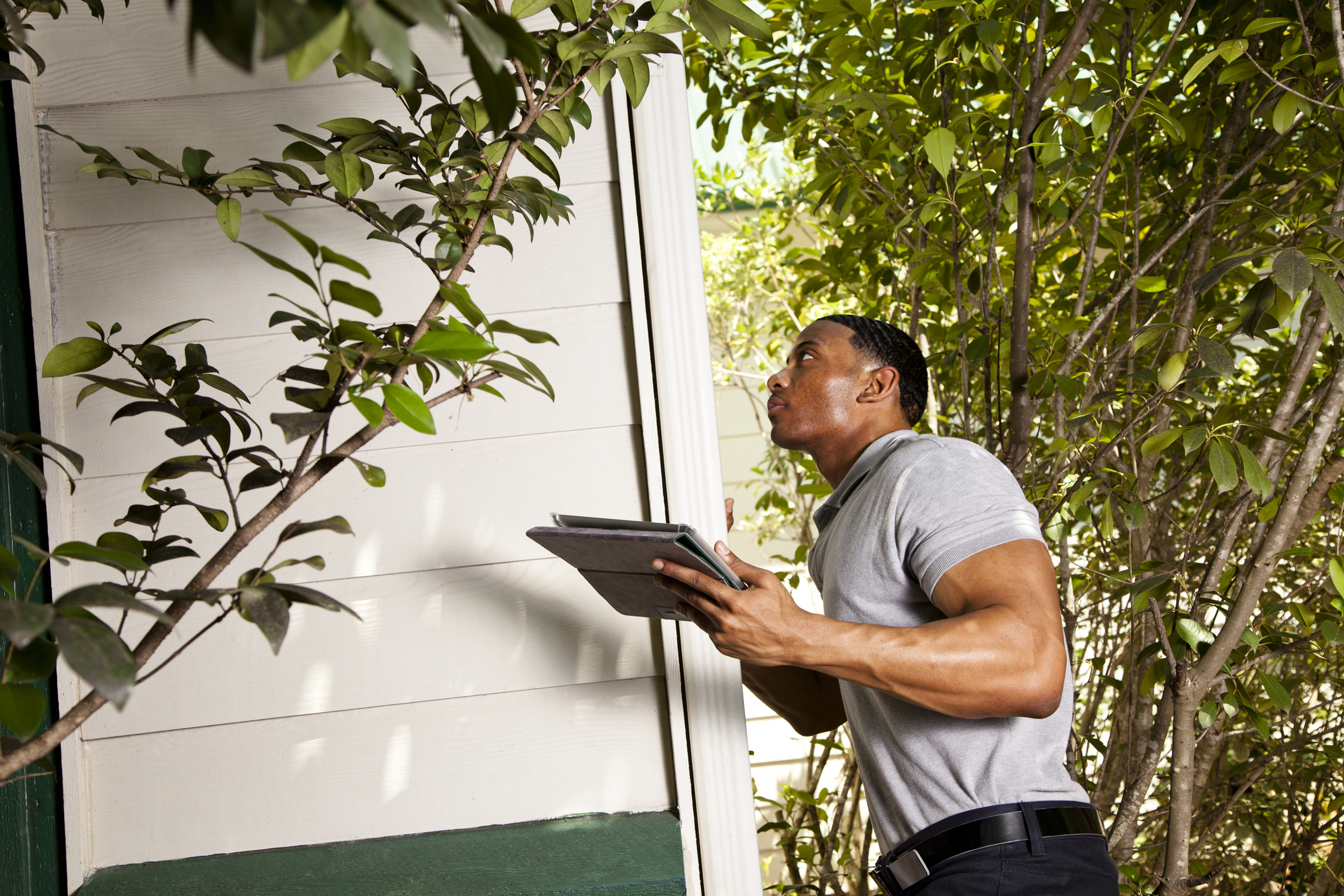There are approximately 880.1 million acres of farmland in America, according to the U.S. Department of Agriculture (USDA). Farmers and ranchers own about 61% of the land they use, renting the rest from third-party landlords. While other operators own 8% of this land, investor groups (including retired farmers) hold the remaining 31% of America's farmland.

Given this breakdown, non-farming investors own a small slice of the country's farmland. That piece, however, has been growing as more investors acquire productive farmland as part of their investment portfolios. This guide will break down not only why investors are choosing to buy farmland but also the growing number of ways to add this asset class to a portfolio.
Why invest in farmland?
The primary reason more investors are turning to farmland as an investment opportunity is that it has a long history of producing solid returns. Those returns come in two forms:
- Increases in farmland values
- Crop yields or cash rental payments
Over the last 50 years, the value of American farmland has risen by about 6.1% per year, with only five down years during that period. Add in the cash rent yields, and the return to investors has been even more impressive. Since 1992, farmland has produced a positive return every year, generating an average annual return of 10.2%, according to the NCREIF Farmland Index.
To put that return into perspective, it has outperformed all other asset classes except U.S. stocks (10.5%) during that time. In addition to the above-average total return potential of owning farmland, it provides investors with several other benefits:
Low volatility
Farmland returns have historically had less volatility than most other asset classes, including U.S. stocks, real estate, U.S. real estate investment trusts (REITs), timberland, and gold.
Low correlation
Farmland returns typically don't move in the same direction as the stock market. In many years, farmland produced a positive return in a year that the S&P 500 lost value.
Inflationary hedge
Farmland is a real asset that produces commodities such as corn and grain. As such, it benefits from inflation since that boosts not only acreage values but also crop incomes. Because of that, some call farmland a gold-like investment with a yield.
Pros and cons of farmland investing
Investing in farmland has its benefits and drawbacks.
The pros of investing in farmland include:
- Attractive total return potential
- Diversification
- Inflation hedge
- Income
Gladstone Land
Gladstone Land, meanwhile, owned almost 150 farms with more than 100,000 total acres in 15 states. It mainly focuses on farmland used to grow healthy foods such as fruits, vegetables, and nuts. More than 30% of its fresh produce acreage is organic or transitioning to organic, while almost 20% of its permanent crop acreage is in that category.
Any investor with a brokerage account and enough money to buy one share (around $10 in late 2025) can invest in these farmland REITs, making them the most accessible and lowest-cost way to invest in farmland. However, because they trade on stock exchanges, they do have some market risk.
Another REIT option is Iroquois Valley Farmland REIT, which is a public nontraded REIT, meaning it's open to all investors but doesn't trade on a stock exchange. The company focuses on owning a portfolio of organic farmland. However, it has a high minimum investment of more than $10,000, and investors can't redeem their shares for five years.
Invest through a crowdfunding platform focused on farming
Several companies have formed in recent years to provide access to farmland investments via the internet. However, most of these farmland crowdfunding platforms are open only to accredited investors (i.e., those with a high net worth of more than $1 million, excluding the equity in their primary residence, or a high income of $200,000 in each of the last two years, $300,000 if married).
High Net-Worth Individual (HNWI)
AcreTrader
AcreTrader is a crowdfunding platform that provides accredited investors with direct access to farmland. Most of its offerings require an investor to buy 10 shares, which is equivalent to one acre of land that generally costs around $15,000 per acre. Instead of holding the legal title to the physical acre of land, investors own shares in a limited liability corporation (LLC) that holds legal title.
FarmFundr
FarmFundr is a crowdfunding platform that allows accredited investors to invest in a variety of opportunities, like farmland and agricultural facilities.
FarmTogether
FarmTogether is an online marketplace for farmland investing. It provides accredited investors with direct access to pre-vetted U.S. farmland investment opportunities. Investors can invest directly in specific farms or in a fund that holds several farm investments.
Farmland LP
Farmland LP focuses on buying commodity farmland and converting it into more valuable organic farmland. It offers accredited investors the opportunity to participate in a private equity fund that has the flexibility of eventually becoming a REIT and going public.
Harvest Returns
Harvest Returns is a crowdfunding platform offering a variety of agricultural deals that are mainly open to accredited investors.
Steward
Steward is a crowdfunding platform focused on investing in sustainable farms. It provides farmers with capital (in the form of loans backed by farms) to sustain and expand their farms. It's open to all investors, with a low minimum investment of $100.
Best locations for investing in farms (U.S.)
Farmland values vary widely by region because some areas have better soil and water resources and climates for farming specific crops. For example:
- Farm real estate values in the Corn Belt (the Midwestern region of the country centered around Iowa and Illinois) are almost double the national average, at $8,250 an acre. That's because farmland in the region is ideally suited for growing row crops such as corn.
- Farmland along the Pacific Coast, especially in California, is highly valued for growing annual fresh produce, like strawberries, and permanent crops such as avocados, almonds, and pistachios.
Related real estate topics
Future trends in farmland investing
Several trends are shaping the future of farmland investing. One notable shift has been the increasing access to farmland investments.
For years, the only way to invest in farmland was to buy a farm directly from a farmer. However, thanks to REITs and crowdfunding platforms, more investors now have access to farmland investments. That trend will likely continue as more investors seek to add alternative investments such as farmland to their portfolio to diversify risk and improve their returns.
Demographics are also playing a role in the steady shift of farmland real estate ownership from farmers to investors. Many older farmers are selling their farms when they retire instead of passing them down to their children, who don't want to farm.
Climate change is another notable trend affecting farmland investment. An increase in wildfires, damaging storms, and long droughts is impacting farmland profits.
Finally, a growing global population and a steadily expanding middle class are driving an increased need for food. That's coming at a time when there's less arable land for farming due to climate change and usage changes, as builders buy up farmland for housing developments and other things.
Most of these trends will benefit farmland investments in the future, enhancing farmland's appeal as an attractive long-term investment opportunity.







